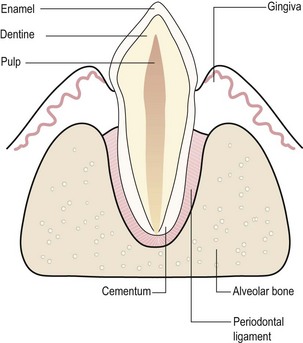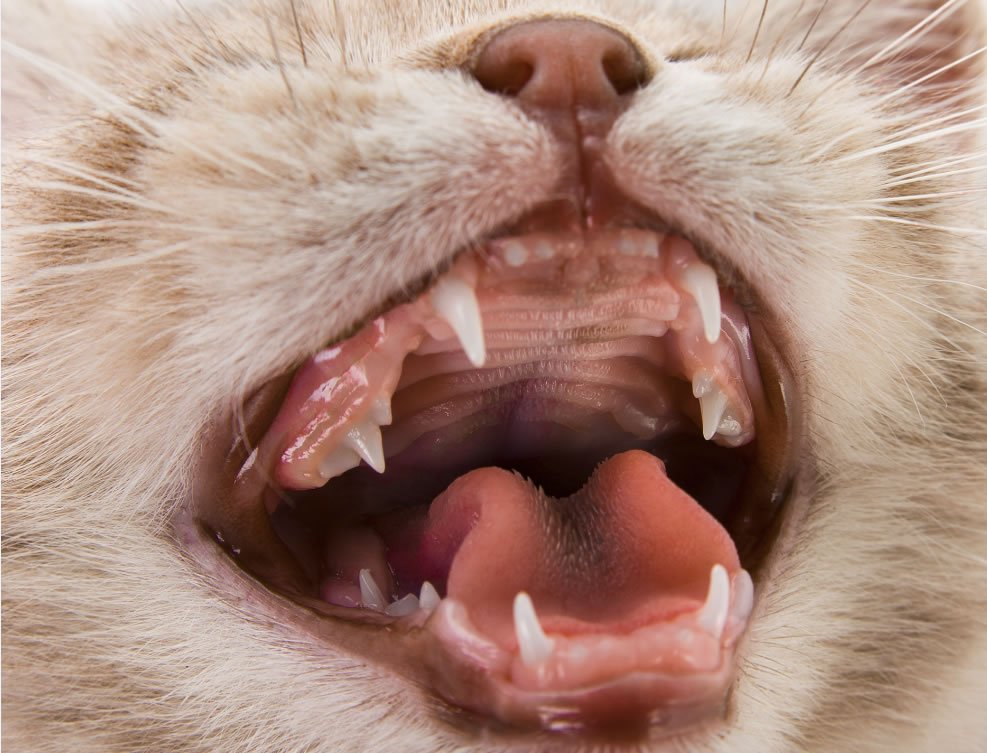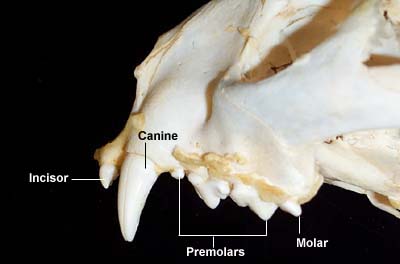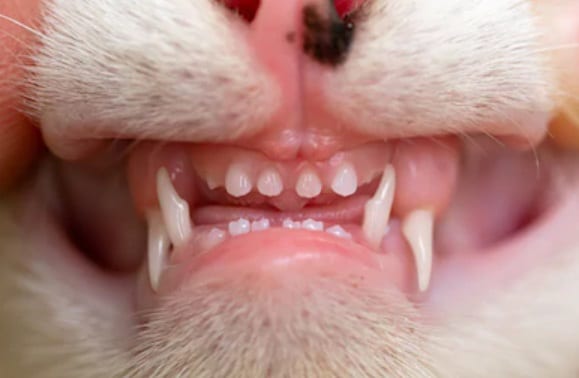They say you can tell the age of a cat by their teeth. The question is, do you know the difference between kitten teeth and cat teeth?
No doubt, the two differ in more ways than one. It is the same way as we human beings.
The size and number of a 3-year old’s teeth is vastly different from those of an adult.
Knowing how to tell the difference between kitten and cat teeth is essential in helping you take better care of your kitty.
Plus, knowing how to tell a kitty’s age by looking at the teeth is fancy.
Here, we have detailed 5 differences between kitten teeth and cat teeth.
What Does A Feline Tooth Entail?

Source: Veterian Key
A kitty mainly uses her teeth to tear, grind, and cut food into smaller pieces.
In the wild, the need to tear prey apart is ever-present. Even domestic cats need to split up bones, raw meat, and huge pieces of cat food into small pieces that can safely pass through the throat to the tummy.
Each tooth contains a crown which is what you see when you look into your kitty’s mouth.
It also has one or more roots depending on the specific tooth which can be found below the gumline.
Feline molars and premolars can have more than one root while incisors and canines have one root each.
The roots attach to the bone and consist of blood vessels, dental pulp tissue, root canals, root dentin, and dental pulp cells. The tooth itself has four types of tissue:
- Pulp: This is a soft tissue located in the center of the tooth, towards the end of the root. It contains blood vessels that nourish the tooth and nerves to transmit sensations of heat, cold and pain to the brain.
- Dentin: Surrounding the pulp is a hard, yellow substance that gives the kitty tooth its creamy or ivory color. It is made up of bone, salts, and water.
- Enamel: On top of the dentin is the enamel which is basically the outer covering of the crown. Like in humans, this is the hardest tissue of the tooth. It is actually harder than any other part of the body. After all, it is where rigorous chewing of food takes place.
- Cementum: This is the area between the crown and the root covering the dentin made of hard bone, mineral salts, and water.
Whether it is kitten or cat teeth, the teeth follow the above structure. What are some of the differences between the two sets of teeth?
1. Timelines

Like humans, our charming feline friends have two sets of teeth.
Kittens have no visible teeth at birth. However, as they reach the age of 3 weeks, deciduous (baby) teeth will begin to erupt.
In the feline world, this is referred to as “erupting”. The process of growing kitten teeth will go on for about 3-5 weeks depending on the cat breed and individual cat.
Kitties, even those from the same litter grow deciduous teeth at different times.
First, the incisors will shoot up on both upper and lower jaws.
Next, tiny canine teeth often referred to as ‘fang teeth’ (thanks to Twilight) will follow suit.
The last teeth to erupt are the molars and premolars which shoot up at the back of the mouth.
At about 3-4 months, a fresh batch of cat teeth will spring up. This is teething as we know it.
Teething reaches its peak between 12 and 20 weeks.
Most parents find their cats unbearable during this period.
As the permanent teeth pierce through the skin, the cat feels irritated and itchy. That is why kittens love to bite any hard surface.
Thankfully, the cat will have grown all her adult teeth by 6-7 months.
2. Size
The main difference between kitten teeth and cat teeth is size.
To state the obvious, your kitten will have tinnier teeth than an adult cat.
Kitten teeth are much smaller and have pointed tips while cat teeth are wider with rather flat edges.
If you open your adult cat’s mouth, you should be able to feel that they are not as sharp and pointed as those of an adult kitty.
3. Number
Another glaring difference between kitten teeth and adult teeth is that the former is 26 in number and the latter 30.
Baby teeth include 12 incisors, 4 canines, and 10 premolars.
In adulthood, the kitty will have four additional teeth, which are molars.
The incisors are the ones that come out first in both cases. Different incisors have different names such as first, central, intermediate, and lateral incisors depending on where they are located in the mouth.
Ideally, both kittens and adult cats have six incisors in the upper jaw and six in the lower jaw. The main function of the incisors is to shear bones and groom.
Canines are the long ‘fang teeth’ used to tear and grasp prey.
Both young and adult cats have two canines in the upper jaw and two in the lower jaw.
The last group of teeth is the molars and premolars. Your kitty and kitten spots three premolars on each side of her upper jaw. These are called second, third, and fourth.
The lower jaw only has two premolars – the third and fourth.
As for molars, adult cats have two on the upper jaw and two on the lower jaw.
4. Presence Of Molars

Source: 1
Speaking of molars, only adult cats spot those. If you just rescued a kitty and have no idea how old she is, just open her mouth and see if she has molars at the back of her teeth.
If she doesn’t, it means she is a kitten. If she does, she is an adult already.
Unlike humans that crush their food, cats must cut it up into pieces.
While all teeth contribute to the chewing process, the canine and molars do most of the work.
The canines bite the food and throw it at the back of the mouth where the premolars and molars grind the pieces before gobbling them up.
5. Falling Out
Baby teeth fall out on their own when a kitten turns three months old.
There are instances where baby teeth refuse to fall out. This is called a persistent tooth.
As the permanent tooth tries to erupt, it will meet its deciduous counterpart occupying its position.
Both teeth will then fight for the space causing the permanent tooth to grow abnormally.
Often, this requires surgical intervention to get rid of baby teeth.
While permanent feline teeth should not fall out, circumstances sometimes force them to.
Our feline friends sometimes eat hard stuff that their teeth cannot handle.
An example is extremely hard bones. These can break the tooth causing tooth loss.
Sometimes the cat falls or is hit by a cat and loses her teeth in the process. Ideally, cat teeth shouldn’t fall out until the end of life.
Final Thoughts
There it is – 5 major differences between kitten teeth and cat teeth.
If you are lost on how to tell one from the other, check at the size and number of teeth.
What you see will point you in the right direction—that is if the cat would be willing to have her jaws opened in the first place.
Related Posts:

Hi! I am Eleanor Price. I started this website after my cat, Louie, almost died from a case of botulism (a type of food poisoning often caused by bacteria that grow on food items). Turned out that my cat’s diet was the problem. I have made it my duty to provide the best information and recommendations about everything cat lovers need to know about their felines’ health and wellbeing. My goal is to find the most informative content on anything feline-related and share it with fellow hardworking kitty lovers.

